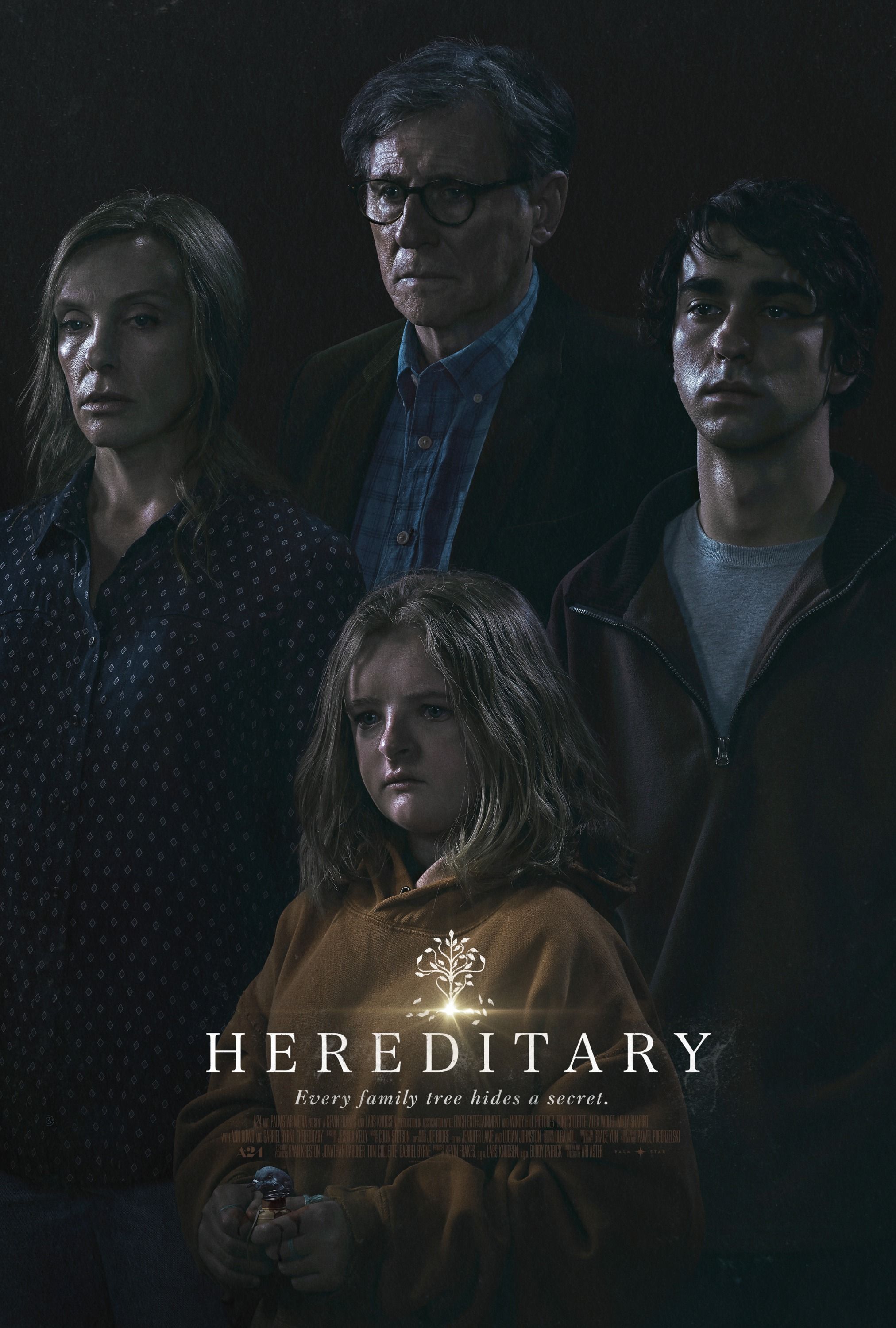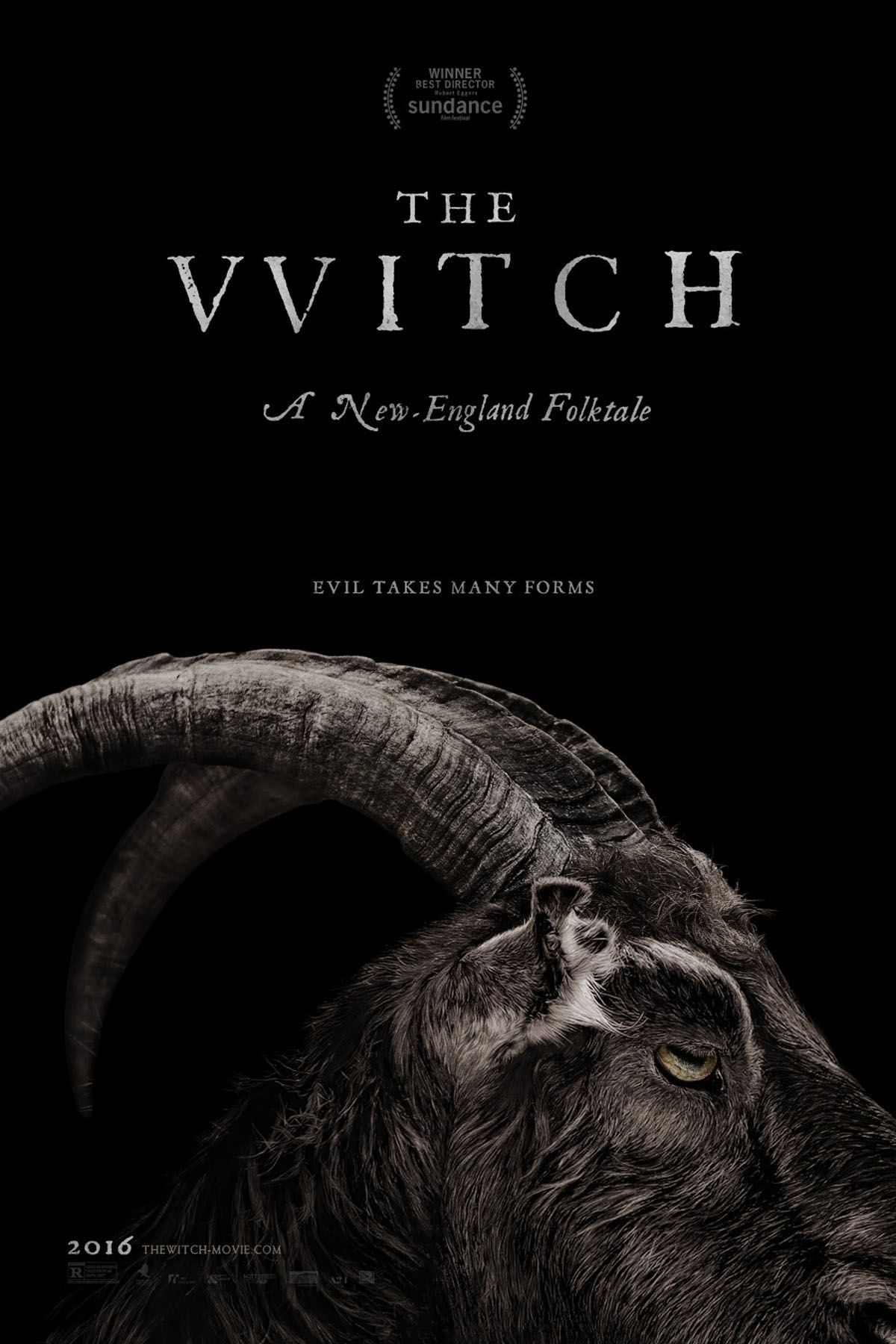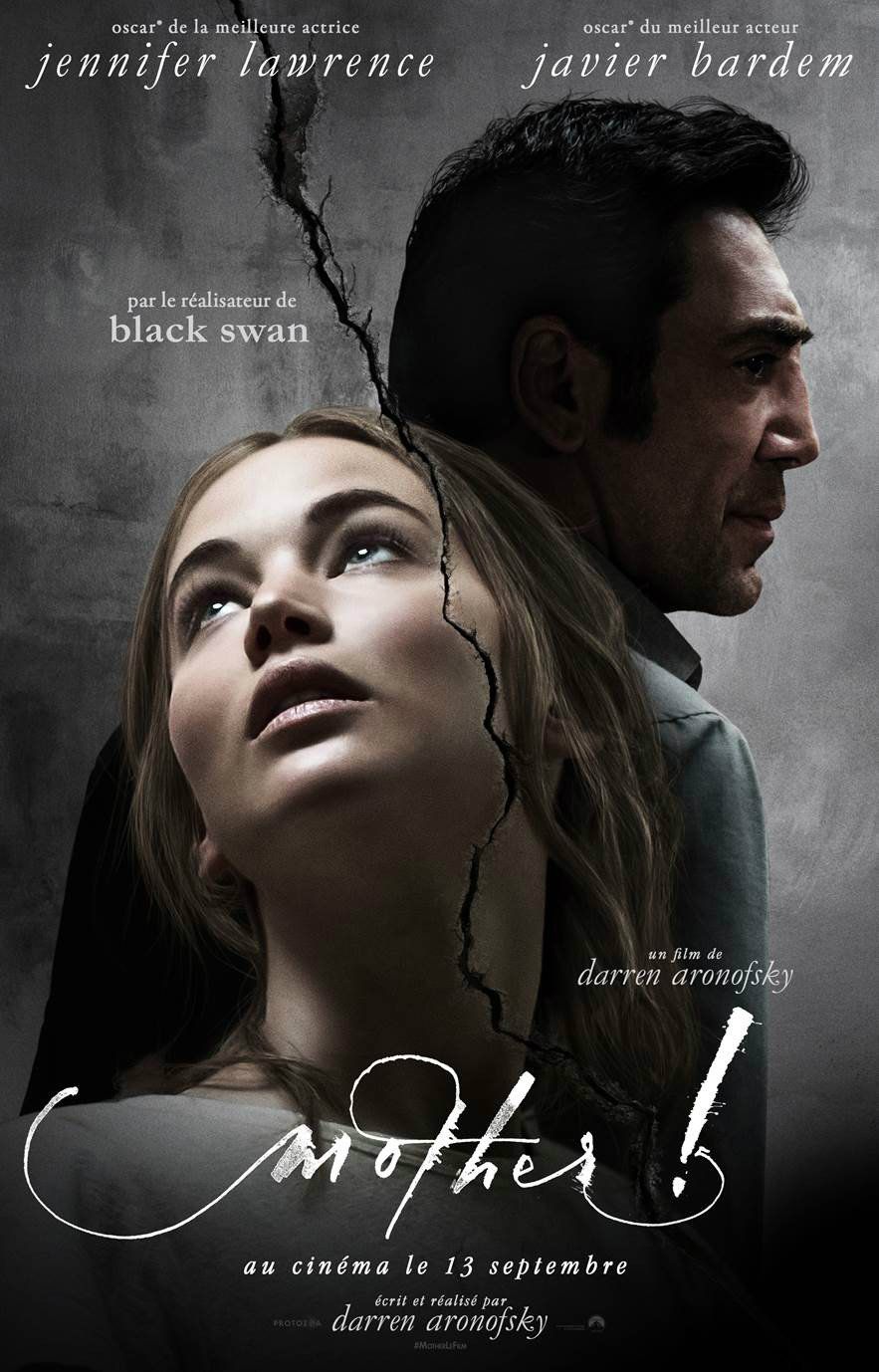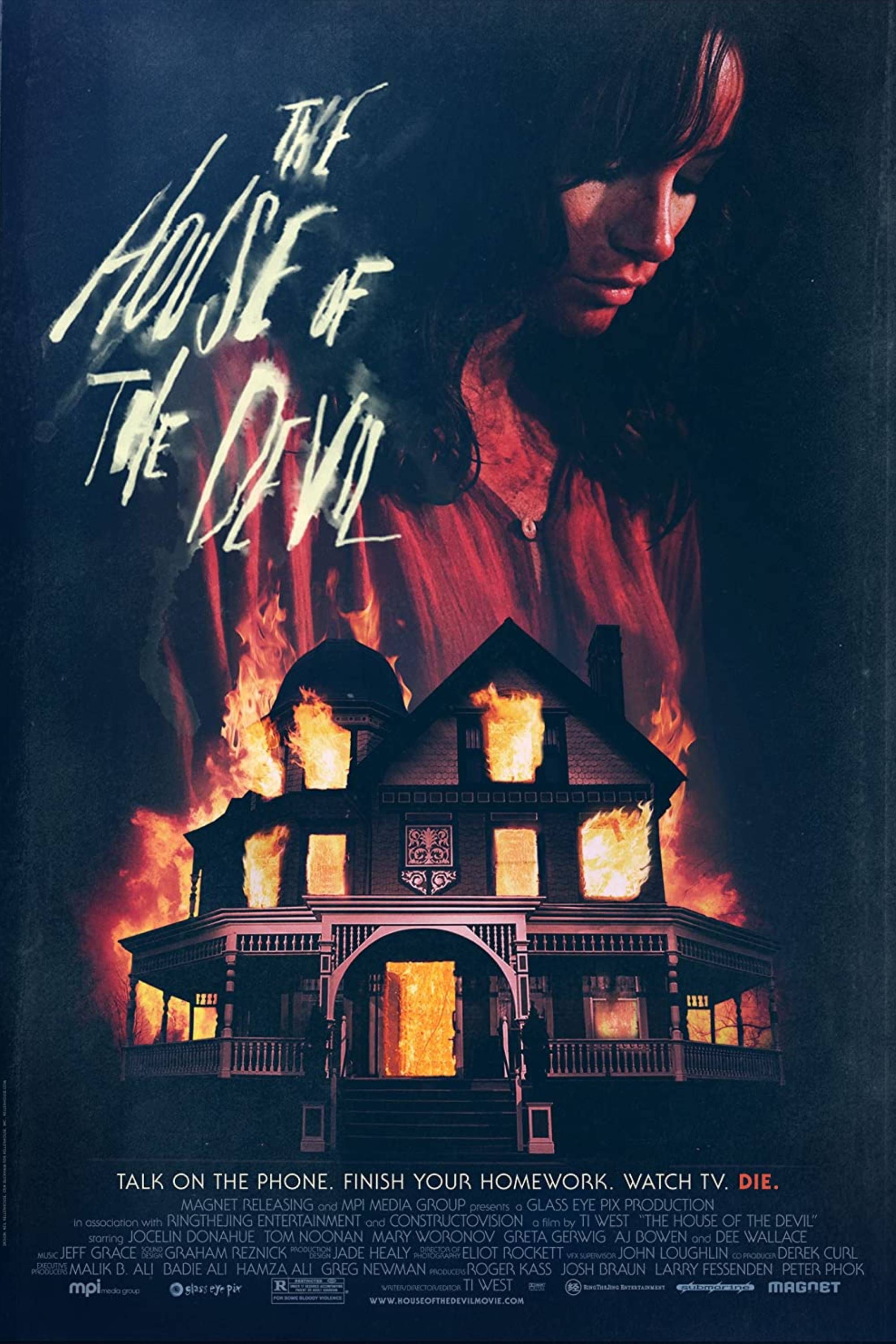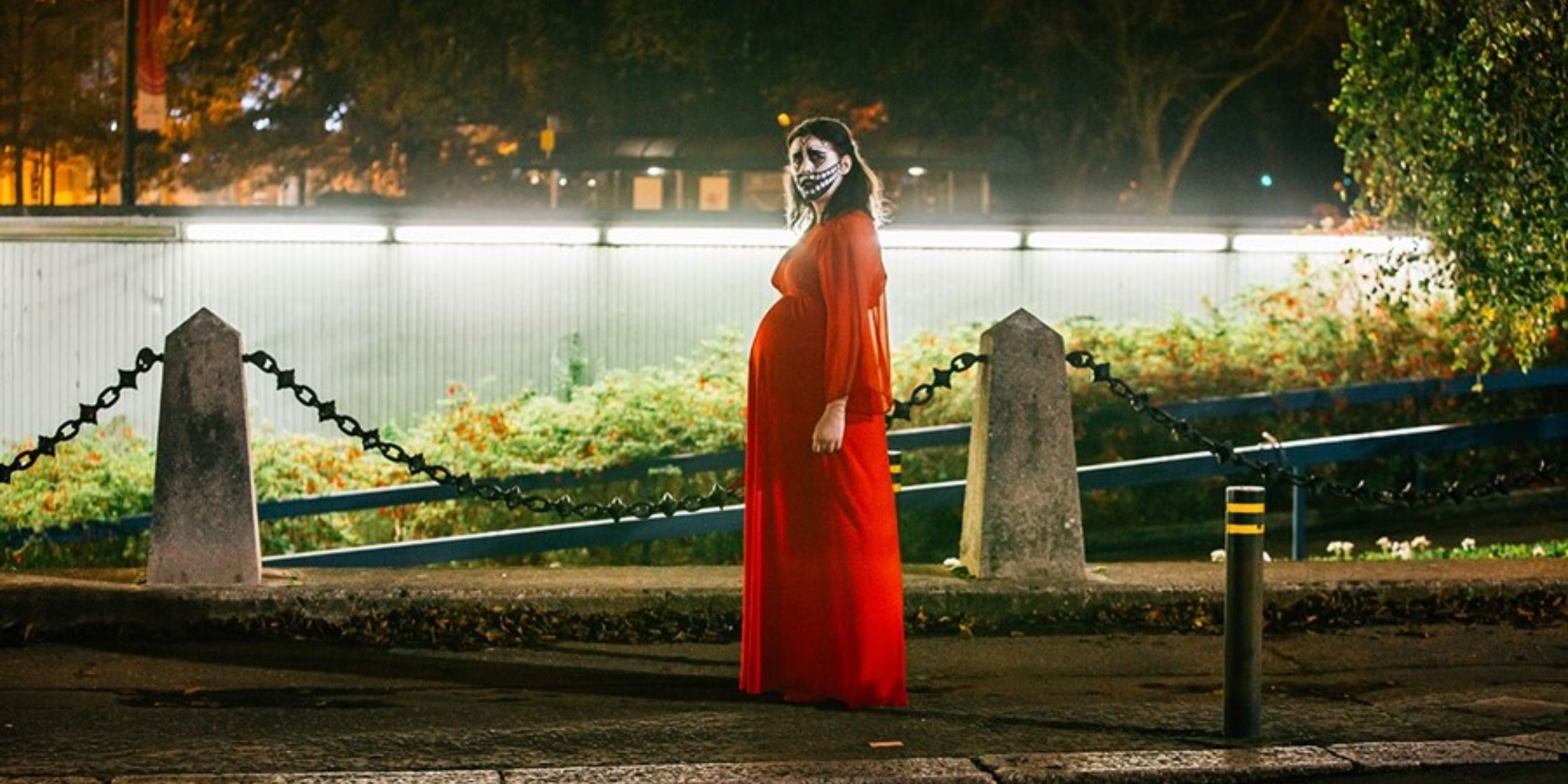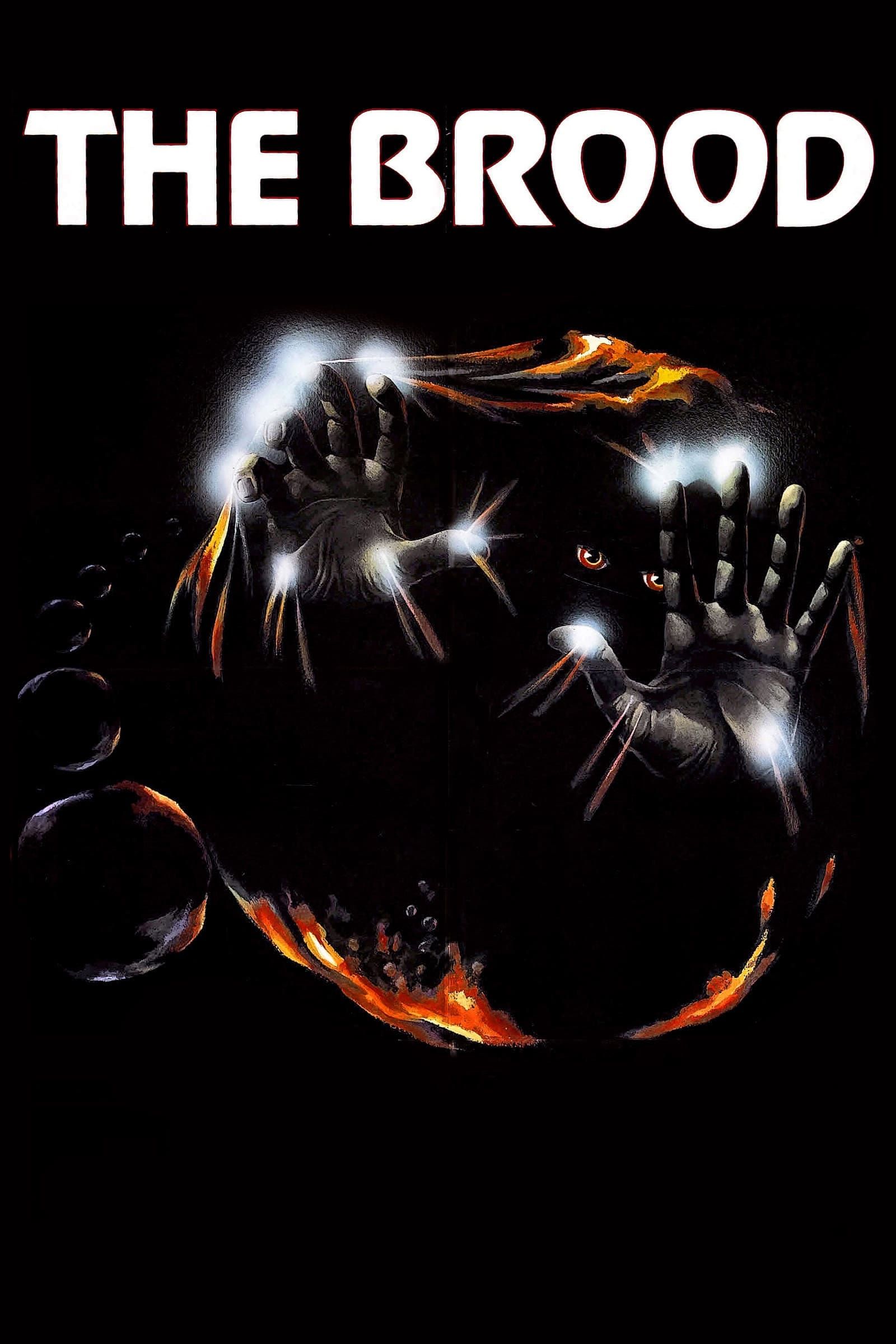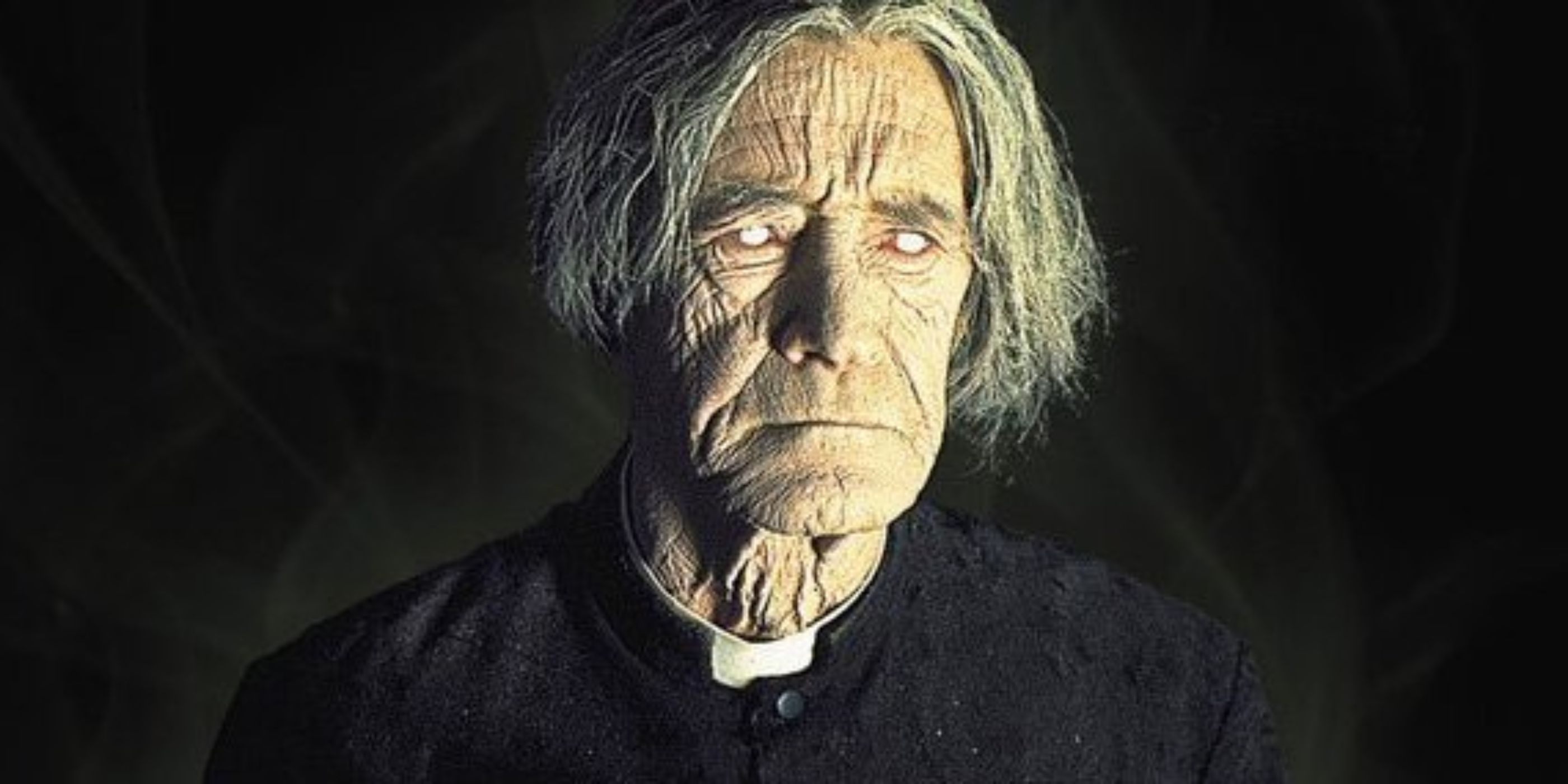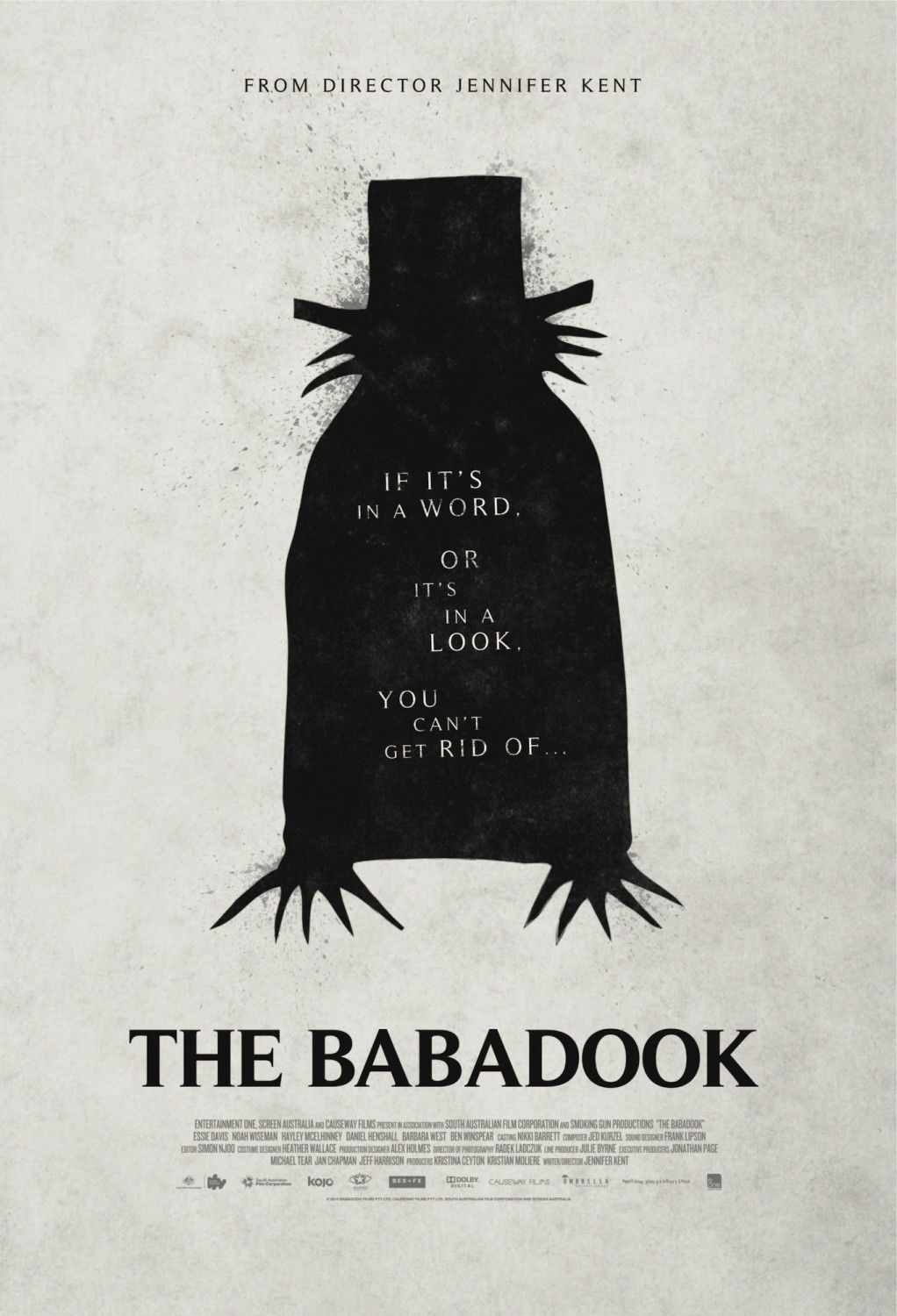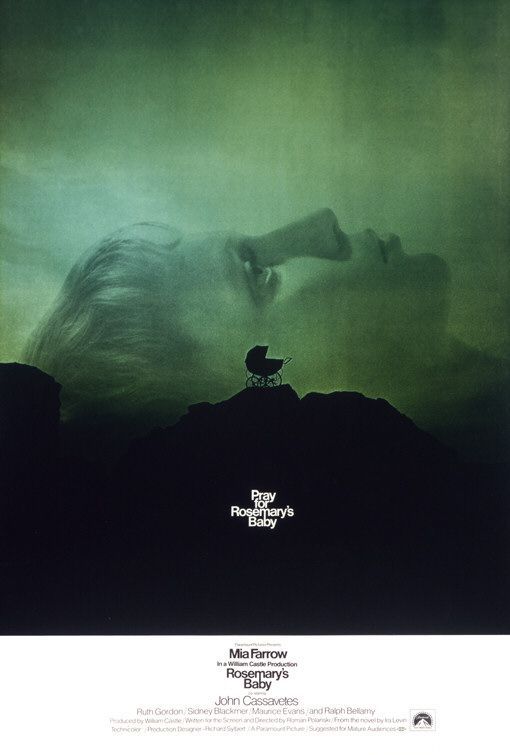Rosemary’s Baby (1968), is a groundbreaking horror film that redefined the genre. Its power comes from its psychological complexity, blending supernatural horror with real fears. The film tells the story of Rosemary, a young woman manipulated by her husband and neighbors, a torturous pregnancy, and an iconic movie ending. This premise taps into anxieties about bodily autonomy, trust, and motherhood.
What makes Rosemary’s Baby influential is its subtle approach to horror. Instead of relying on jump scares or gore, it builds suspense through paranoia and psychological dread. Viewers are left questioning what is real, sharing Rosemary’s escalating terror. The film also pioneered the use of urban everyday settings, showing that horror could thrive in the ordinary and familiar, in contrast to remote castles and mansions in earlier horror. With a newly released prequel Apartment 7A, Rosemary’s Baby’s themes of control, manipulation, and betrayal resonate deeply, making it a classic that continues to inspire horror filmmakers to this day.
|
Movie |
IMDB Score |
|---|---|
|
The Omen (1976) |
7.5 |
|
Hereditary (2018) |
7.3 |
|
The Witch (2015) |
7.0 |
|
Mother! (2017) |
6.6 |
|
The House Of The Devil (2009) |
6.3 |
|
Prevenge (2016) |
5.9 |
|
The Brood (1979) |
6.8 |
|
The Sentinel (1977) |
6.3 |
|
The Babadook (2014) |
6.8 |
|
The Blackcoat’s Daughter (2015) |
5.9 |
10 The Omen (1976)
The Richard Donner Classic Has Several Similarities
Another cultural classic, The Omen (1976) masterfully fuses psychological tension with supernatural horror, following in the footsteps of Rosemary’s Baby (1968). Both films share a common theme of parental fear and the unsettling realization that an innocent child may be linked to evil forces. The Omen amplifies this dread, focusing on a powerful, influential family as they grapple with the terrifying possibility that their son, Damien is the Antichrist.
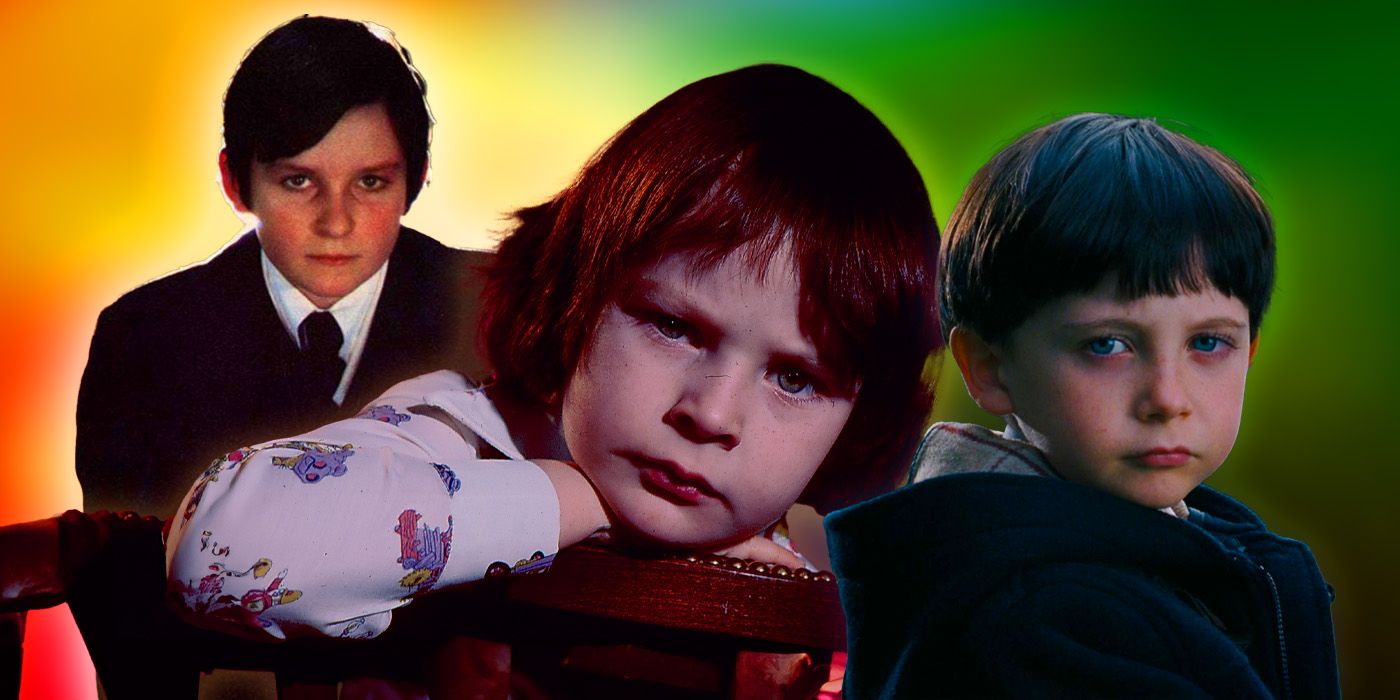
Related
Every Actor Who Has Played Damien In The Omen Movies
Over the years, The Omen movies have featured a number of actors in the lead role of Damien, as the series shows the birth and rise of the Antichrist.
The Omen explores themes of religious prophecy, satanic influence, and the loss of parental control. It leverages the same psychological unease that Rosemary’s Baby builds but adds a more overt supernatural menace through chilling omens and deaths surrounding the child. Its atmosphere, tension, terrifying imagery, and iconic score make it a standout in horror, proving once more that subtle, character-driven horror can leave a lasting impact.
9 Hereditary (2018)
Ari Aster’s Psychological Horror Debut Recalls The Past
Hereditary (2018) masterfully explores themes of familial dread and inherited evil, grounding its terror in the dynamics of family relationships. In Hereditary, the horrors stem from a family’s dark, occult legacy, mirroring Rosemary’s Baby‘s exploration of hidden satanic influences.
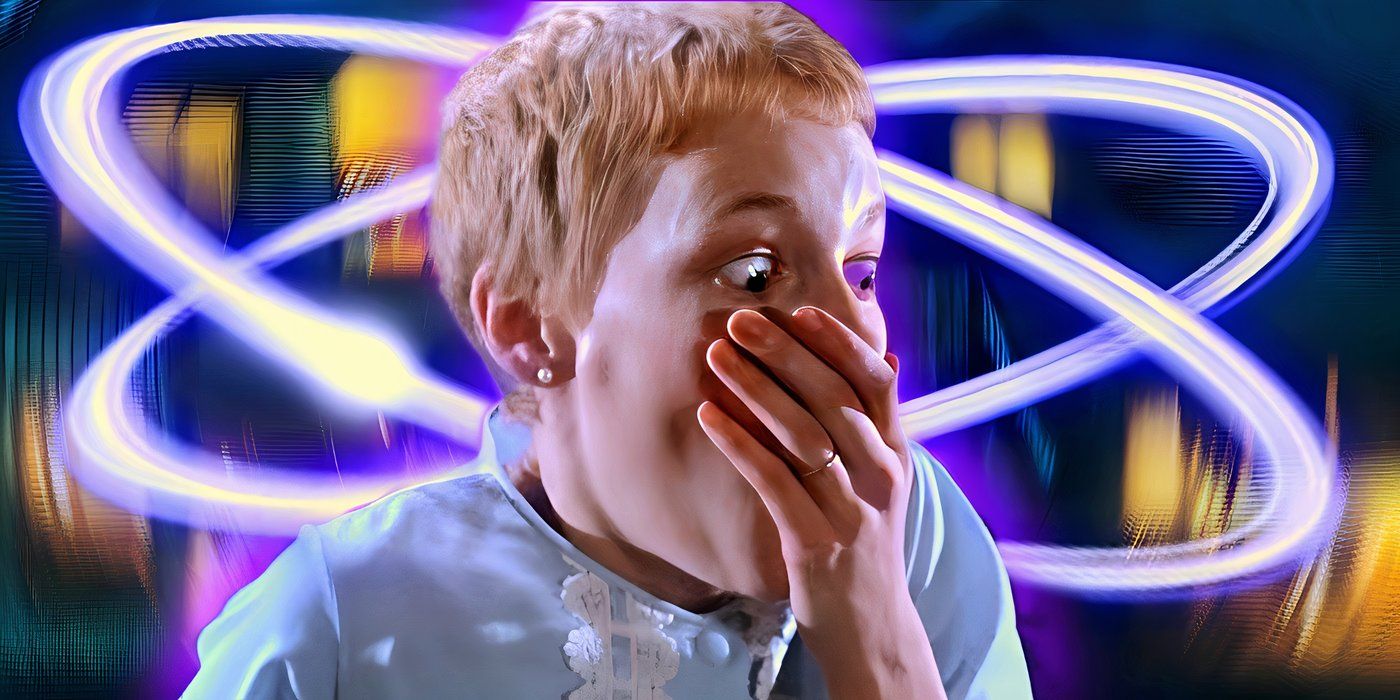
Related
A Better Rosemary’s Baby Successor Already Released 6 Years Ago & Has A 90% Rotten Tomatoes Score
Apartment 7A may be Rosemary’s Baby’s direct prequel but the 1968 movie received a far better follow-up 6 years ago, which also has a 90% RT score.
Ari Aster uses a slow-burn narrative, focusing on a mother unraveling disturbing truths about her child and her family. The movie skillfully blends psychological horror with supernatural elements, crafting a growing sense of dread as the leads become isolated and powerless in the face of forces beyond their control. The suffocating atmosphere stems from a horrifying realization that the family’s fate has been preordained. The use of grief, paranoia, and occult imagery makes Hereditary a modern echo of the classic. The iconic lead performances in Rosemary’s Baby and Hereditaryshould have been nominated for Oscars, to further cement their classic statuses.
8 The Witch (2015)
Robert Eggers Brings Dark Folk Horror Chills
Robert Eggers’ The Witch (2015) is a slow-burn treat, with its focus on psychological terror, paranoia, and religious fear. Like Rosemary’s Baby, The Witch explores how isolation and distrust within a family can lead to their undoing. The horror stems from an unseen evil force, and the tension builds slowly as the family’s faith and sanity deteriorate.
Through its minimalist approach, folk horror elements, and focus on psychological breakdown,
The Witch
creates the same unsettling dread that
Rosemary’s Baby
pioneered in supernatural horror.
Both films utilize a claustrophobic atmosphere where the central female character faces increasing isolation. In The Witch, Thomasin (Anya Taylor Joy in a gamble of a role), like Rosemary, is powerless against supernatural forces, which manipulate her family into paranoia and self-destruction. The fear of evil infiltrating the family, combined with religion, mirrors Rosemary’s Baby’s exploration of hidden evil forces. Through its minimalist approach, folk horror elements, and focus on psychological breakdown, The Witch creates the same unsettling dread that Rosemary’s Baby pioneered in supernatural horror.
7 Mother! (2017)
A Twisty Parable By Darren Aronofsky
Mother! (2017) portrays escalating terror and the manipulation of a female protagonist in a domestic setting. Like its biggest influence, Rosemary’s Baby, Mother! centers around a woman’s increasing isolation as her home is invaded by sinister forces beyond her control. The protagonist (played by Jennifer Lawrence) gradually loses her sense of security as strangers invade her house, much like Rosemary loses control over her pregnancy and body in Rosemary’s Baby.
Darren Aronofsky wrote the script in a mere five days.
Darren Aronofsky builds tension through paranoia, confusion, and claustrophobic spaces. Both films examine themes of motherhood and sacrifice, with Mother!‘s allegorical narrative ramping up the horror of a woman’s body/life being taken over by outside forces. While Mother! is certainly more divisive than Rosemary’s Baby, the surreal, nightmarish escalation in the third act mirrors the pregnancy classic’s slow build to a big revelation, where the protagonist realizes too late that she has been manipulated by those closest to her.
6 The House Of The Devil (2009)
Before The X Trilogy, Ti West Directed This ’80s Pastiche
House of the Devil (2009) draws heavily on classic psychological horror, focusing on the slow, creeping dread surrounding a young woman who becomes unknowingly entangled in a sinister plot. The film masterfully builds tension by isolating its protagonist in a large, eerie house, where paranoia and a sense of foreboding gradually escalate. The protagonist’s vulnerability and naiveté as she is manipulated by seemingly friendly yet suspicious strangers mirrors the style of earlier horror, where unease and terror grow in quiet moments rather than through outright violence.
The film’s exploration of cults, dark rituals, and hidden evil within seemingly ordinary environments also echoes classic themes of secretive malevolent forces preying on an innocent woman. One of director Ti West’s best films, The House Of The Devil carefully crafts an atmosphere of dread using long takes, minimal dialogue, and an ominous, slow-paced build-up, perfectly capturing the psychological horror that makes this film feel both timeless and terrifying.
5 Prevenge (2016)
A British Comedy Slasher By Alice Lowe
Prevenge (2016) cleverly taps into the psychological terror of motherhood, focusing on a pregnant woman whose unborn child seemingly directs her to commit violent acts. Like Rosemary’s Baby, the film explores themes of bodily autonomy, paranoia, and isolation, centering on a female protagonist who becomes increasingly detached from reality. Her experience of being controlled by a force she cannot escape—her own pregnancy—mirrors the unsettling feeling of a woman’s body being manipulated by external powers.
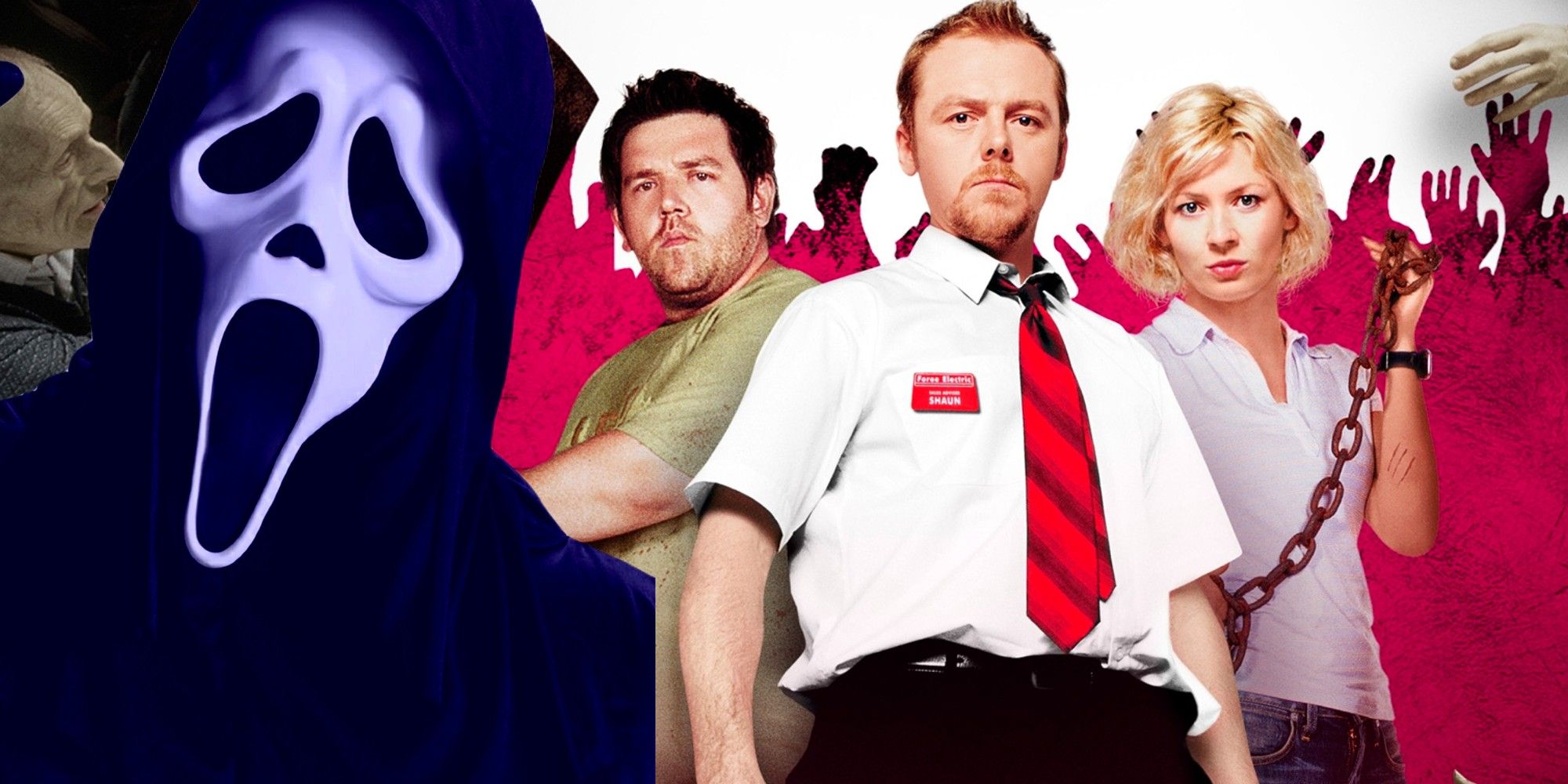
Related
10 Horror Movies That Are As Funny As They Are Scary
Many horror movies manage to perfectly combine humor with their moments of horror, often producing a movie that’s substantially more enjoyable for it.
The film effectively uses dark humor and horror to examine societal expectations around pregnancy and motherhood, mixing slasher elements with a more personal look at the psychological toll of carrying life while feeling consumed by inner turmoil. The protagonist’s gradual unraveling and loss of control over her own mind and actions, influenced by something growing inside her, creates an unsettling atmosphere.
4 The Brood (1979)
An Early David Cronenberg Classic
The Brood (1979) explores familiar themes of motherhood, psychological trauma, and bodily horror that focus on a woman’s body being controlled by forces beyond her. The movie centers on a woman undergoing experimental therapy, whose repressed emotions manifest physically as monstrous children. This visceral connection between motherhood and the grotesque reflects a powerful commentary on the loss of control over one’s body and mind, as well as the fear of parenthood.
The exploration of a secret, malevolent force manipulating the protagonist’s body for sinister purposes draws clear inspiration from
Rosemary’s Baby
in particular.
Director David Cronenberg crafts an atmosphere of escalating dread, as the protagonist’s psychological unraveling leads to horrific consequences. The exploration of a secret, malevolent force manipulating the protagonist’s body for sinister purposes draws clear inspiration from Rosemary’s Baby in particular. The blend of psychological horror and classic Cronenberg body horror in The Brood creates a disturbing, unique narrative about the terror of maternal control and emotional suppression manifesting in violent, physical ways.
3 The Sentinel (1977)
Michael Winner’s Psychological Horror Creates The Same Dread
The Sentinel (1977) is a great horror movie that taps into the fear of urban isolation and hidden evil lurking behind seemingly ordinary settings. The film centers on a woman who moves into a New York City apartment building, only to discover that its otherworldly inhabitants have sinister plans for her. Like other psychological horror films, The Sentinel explores the protagonist’s gradual mental and emotional unraveling, driven by paranoia and supernatural manipulation.
The movie uses a slow-burn approach to build tension, blending gothic horror elements with modern fears of urban life. The protagonist’s sense of isolation, surrounded by strange, untrustworthy neighbors, creates a claustrophobic atmosphere as the line between reality and nightmare blurs. Themes of religious horror, secret cults, and the protagonist’s loss of control over her fate are key to the story, drawing inspiration from earlier works that focus on vulnerable women being preyed upon by dark forces in familiar environments.
2 The Babadook (2014)
Australian Chiller By Jennifer Kent
The Babadook (2014) has a dark, brutal take on the themes of motherhood, grief, and mental deterioration. The film centers on a single mother who becomes increasingly isolated and overwhelmed as she grapples with the presence of a sinister entity. Like Rosemary’s Baby, The Babadook excels in portraying a protagonist’s gradual descent into madness, driven by fear and anxiety about her child.
The movie’s tension builds through its exploration of the protagonist’s fragile mental state, creating an atmosphere of dread where the line between reality and hallucination becomes increasingly blurred. The lurking presence of the Babadook reflects the inescapable nature of trauma and emotional repression. By focusing on the psychological breakdown of a mother, with the horror stemming from her own psyche, The Babadook evokes the same creeping unease found in classic horror films. It also includes a phenomenal Essie Davis and one of the best horror child performances by Noah Wiseman.
1 The Blackcoat’s Daughter (2015)
Slow-Burn Supernatural Horror From Osgood Perkins
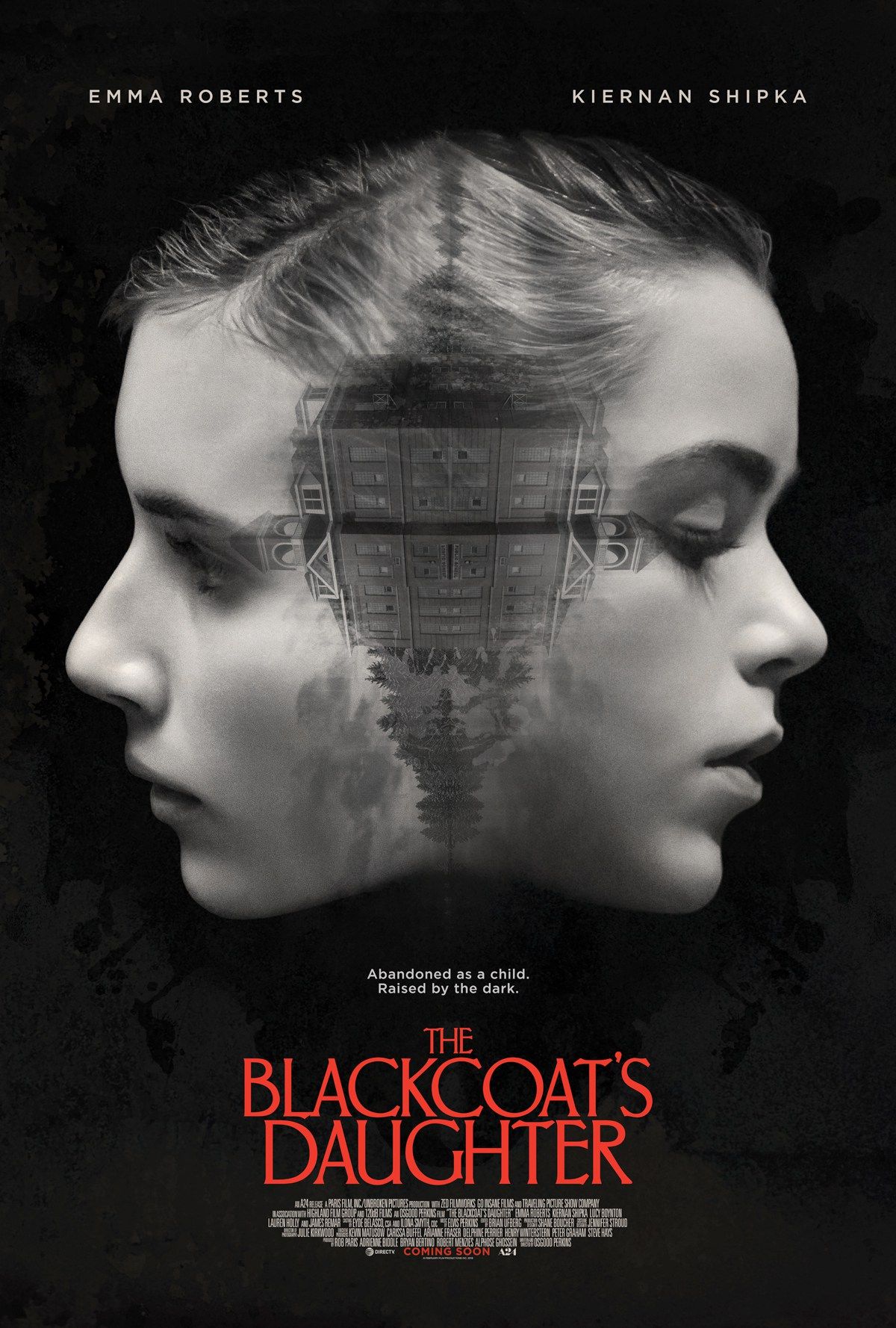
The Blackcoat’s Daughter
Girls Kat (Kiernan Shipka) and Rose (Lucy Boynton) are left alone in a Bramford prep boarding school during the winter holidays when their parents mysteriously fail to pick them up. While they experience increasingly strange events at the isolated school, the film shows another story – that of Joan (Emma Roberts), a troubled young woman on the road who, for reasons unknown, needs to get to Bramford as quickly as possible. As Joan gets closer to the school, Kat is tormented by increasingly horrifying visions.
- Director
- Osgood Perkins
- Release Date
- September 30, 2016
- Runtime
- 93 minutes
The Blackcoat’s Daughter (2015) evokes a sense of isolation and creeping dread, drawing inspiration from earlier psychological horror classics. The film follows two young girls left alone at a boarding school during winter break, where dark, supernatural forces begin to take hold. It builds tension through atmosphere, focusing on the psychological unraveling of the characters rather than relying on overt scares.
The slow-burn narrative, which fuses themes of loneliness and possession, mirrors the dread of Rosemary being manipulated by unseen evil forces.
The slow-burn narrative, which fuses themes of loneliness and possession, mirrors the dread of Rosemary being manipulated by unseen evil forces in Rosemary’s Baby. The movie’s exploration of a young woman’s vulnerability and the terrifying loss of control over her mind and body ties into the idea of internalized fear manifesting into external horrors. The unsettling and ambiguous nature of the evil presence, combined with the film’s cold, desolate setting, creates an atmosphere where paranoia and isolation lead to tragic consequences.



